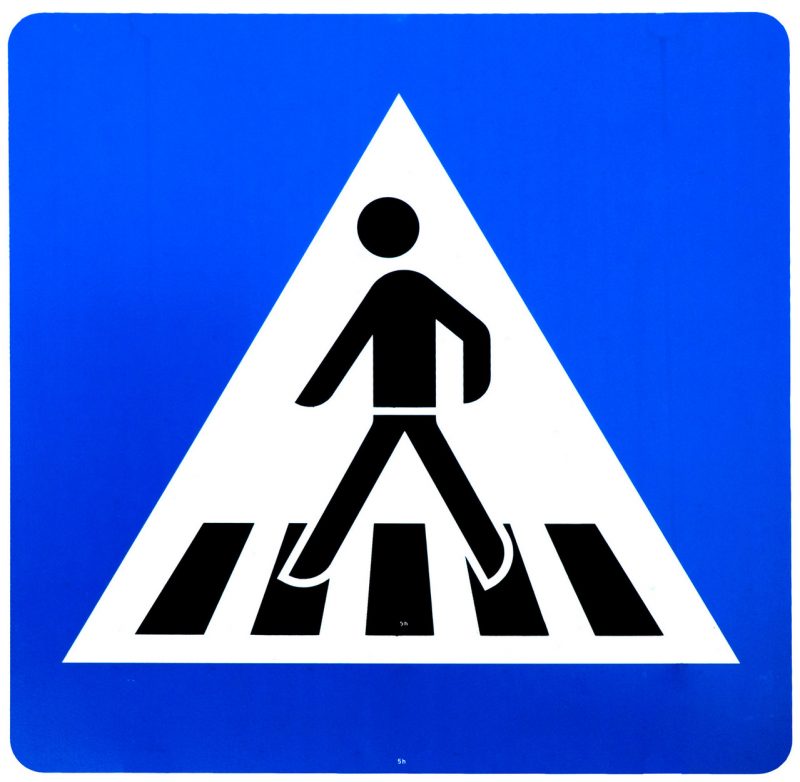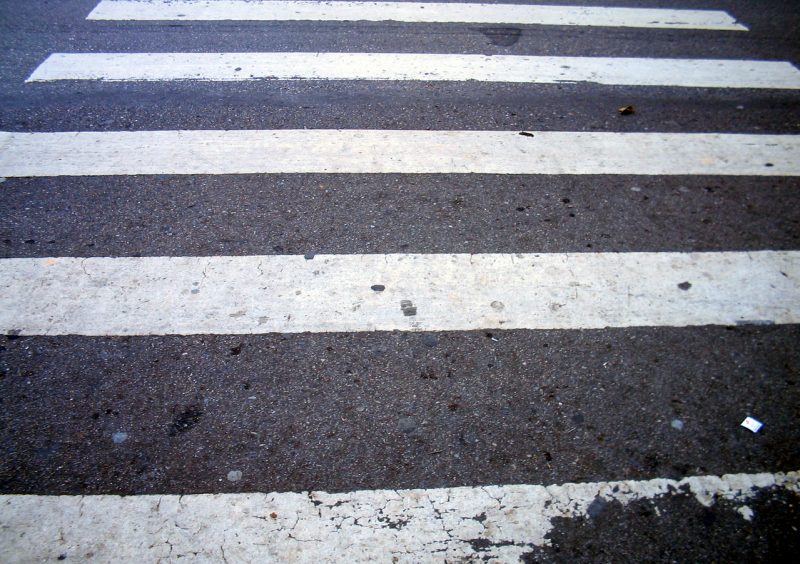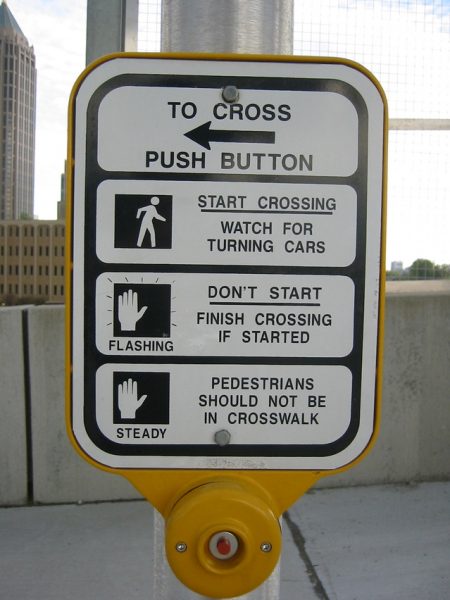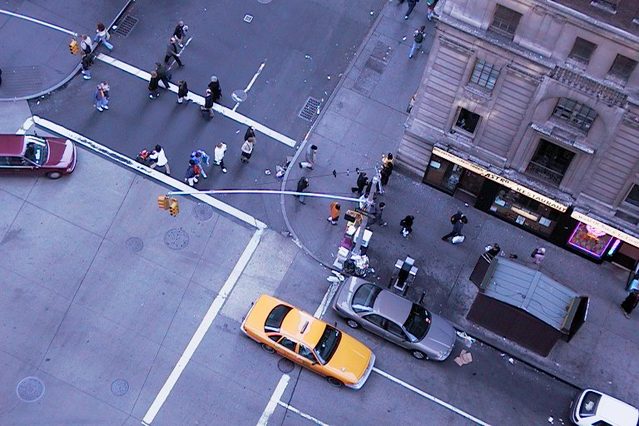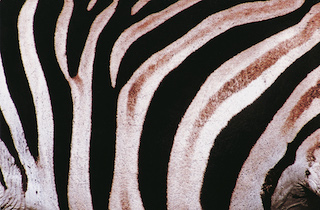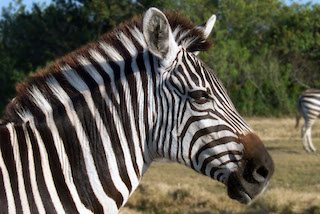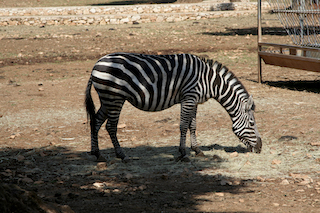Zebra S Crossing From Britain Not Kenya
Zebra crossing is a phenomenon that we come across almost daily but don’t think why they were there or from where they came. If you are in a town or city, the chances are that you are sure to hit one at some point or another.
Zebra crossing history
Zebra s crossing makes crossing the road safer for pedestrians and gives them right of way when crossing streets. But have you ever wondered why they have stripes or why they are black and white and not some other color or pattern? Do they have any bearings with the distinct strips of the African savannah inhabitant? The history of the origin of zebra crossing is often disputed and unverified. But it is an interesting piece of history and worth knowing.
Colors highly visible
Zebra crossing goes back several decades. It was born on the 31st of October, 1951 in Slough, Berkshire in England. The aftermath of the Second World War saw an increase in the number of motorists in cities. The amount of traffic was growing year on year. The increase in traffic on British roads meant that fatalities from accidents were high. One of the reasons for the high road incidents was that the pedestrians were not familiar with cars. This unfamiliarity marked a substantial increase in pedestrian injuries and deaths. The other reason was that in those days, street crossings had metal studs that were easy to spot for the pedestrians but not so much for the motorists until it was too late to stop. The high number of accidents warranted a need for safer ways to cross the roads. Hence, a more visible pedestrian crossing was needed.
Patterns easily recognisable
In the 1940’s, field researchers experimented a multitude of tests on different colors and patterns at 1000 test sites around the United Kingdom. But the black and white stripes proved to be the most effective. It had better visibility and gave drivers enough time to reduce the speed. Moreover, it was more clear for the drivers to see people moving across this pattern as opposed to some others. The contrast of thick white stripes and black tarmac made zebra crossings the most easily recognizable and visible street markings.
Unusual naming ceremony
Zebra crossing was never the original term, although it is a zebra-like pattern. Jim Callaghan, a Member of Parliament in 1948 and who later became Prime Minister, visited the road crossing experiments at Britain’s Transport Research Laboratory. Among the many new ideas the Laboratory was testing, was a design of black and white stripes. Jim Callaghan observed and commented that they looked like zebras. The name stuck, and therefore it was him who coined the moniker. So, the original idea for these markings was his brainchild.
Improvisations on signs
Zebra crossings often have Belisha beacons. They add further visibility in adverse weather conditions or at night time. Initially, these beacons were just colored balls on two poles. They were then improvised to amber colored light orbs on top of striped poles, on either end of the crossing, which then evolved to flashing lights. Motorists were expected to stop for pedestrians when they came across these signs. To further reduce road accidents a speed bump was added before the markings.
Striking celebrity status
Abbey Road by the Beatles made the simple zebra crossing an iconic part of pop culture because it used the black and white stripes on its album cover. This particular crossing at Abbey Road, as the title suggests, in northwest London is today a popular tourist site in London. It is the most famous zebra crossing in the world. Much to the chagrin of the drivers, many tourists pose to create the famous photo.
Pedestrian crossings evolve
In 1951 zebra crossings replaced the previous metal studs. However, fatalities were still high, and so a signal-controlled pedestrian crossing called panda crossing came into being in 1962. They had lights that detected the presence of both vehicles and people to calculate the right time to cross. But it was soon abandoned because the lights confused motorists.
Traffic lights installed
Meanwhile, pedestrian accidents were on the rise in part because drivers stopped slowing vehicles and giving priority to pedestrians. So, over the past few years, this risky behaviour led to the replacement of zebra crossings with Pelican and Puffin crossings that use traffic lights to direct both motorists and pedestrians. Pelican crossing features two poles of traffic lights and an icon to let the pedestrian know when to cross. Puffin crossing is an improvement on the Pelican crossing because it comes with a sensor that detects pedestrians when they are waiting and crossing the street.
Residents are happy
There is pressure from residents in the major cities and towns to fit these alternatives as they consider them safe. Zebra crossings are looked on today as inferior to other pedestrian crossings such as sophisticated options with flashing signs and lights. Hence zebra crossings are being phased out. It is now awaiting the fate of Grevy’s zebras in northern Kenya – endangered species – although its recent census says that its population is stable.
Other animal crossings
Zebra crossing started a long tradition of naming new crossings after animals. In Western countries, in particular, on the British streets, there are other animal crossings. They are Pegasus and Tiger crossing. The mythical flying horse gives it the name Pegasus. It is almost identical to Pelican crossing with a difference that they have a second higher button for people on horseback. Tiger crossing also known as Toucan crossing are black and yellow stripes painted on the road that both cyclists and motorists use. In fact, there are many more animal-themed crossings out there all over the world. But zebra crossing continues to be the most common one among them and known by all.

